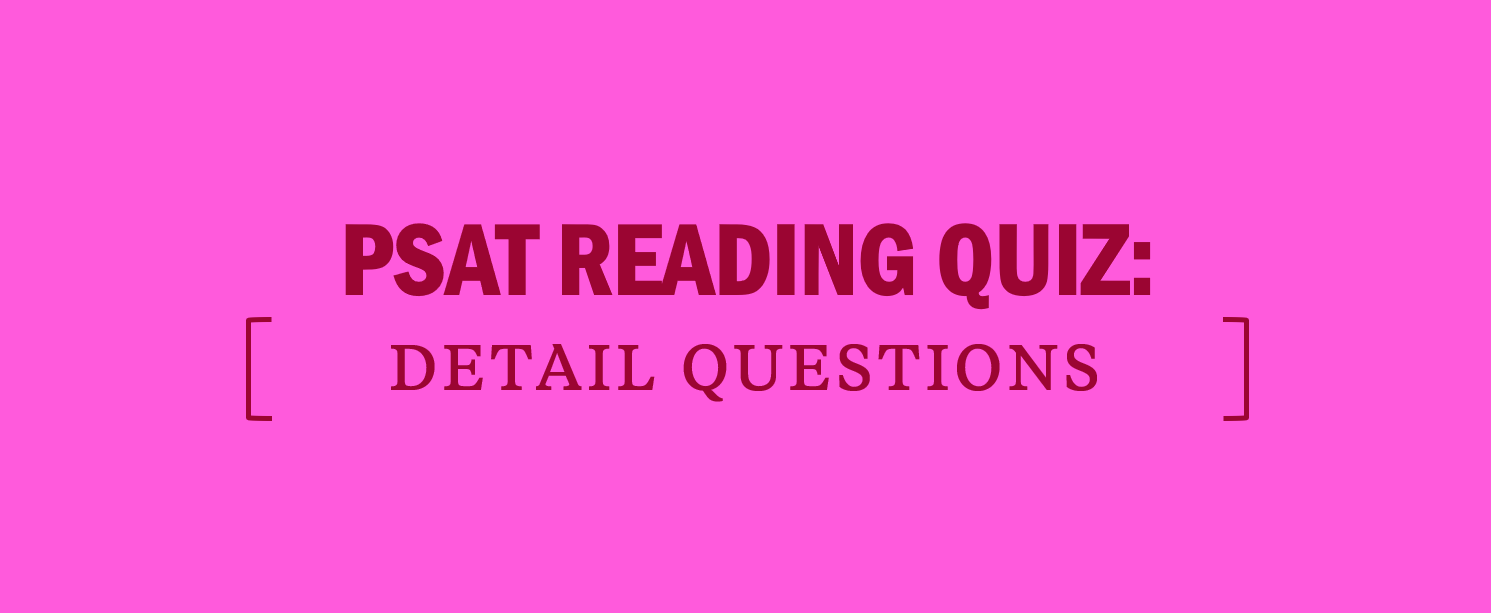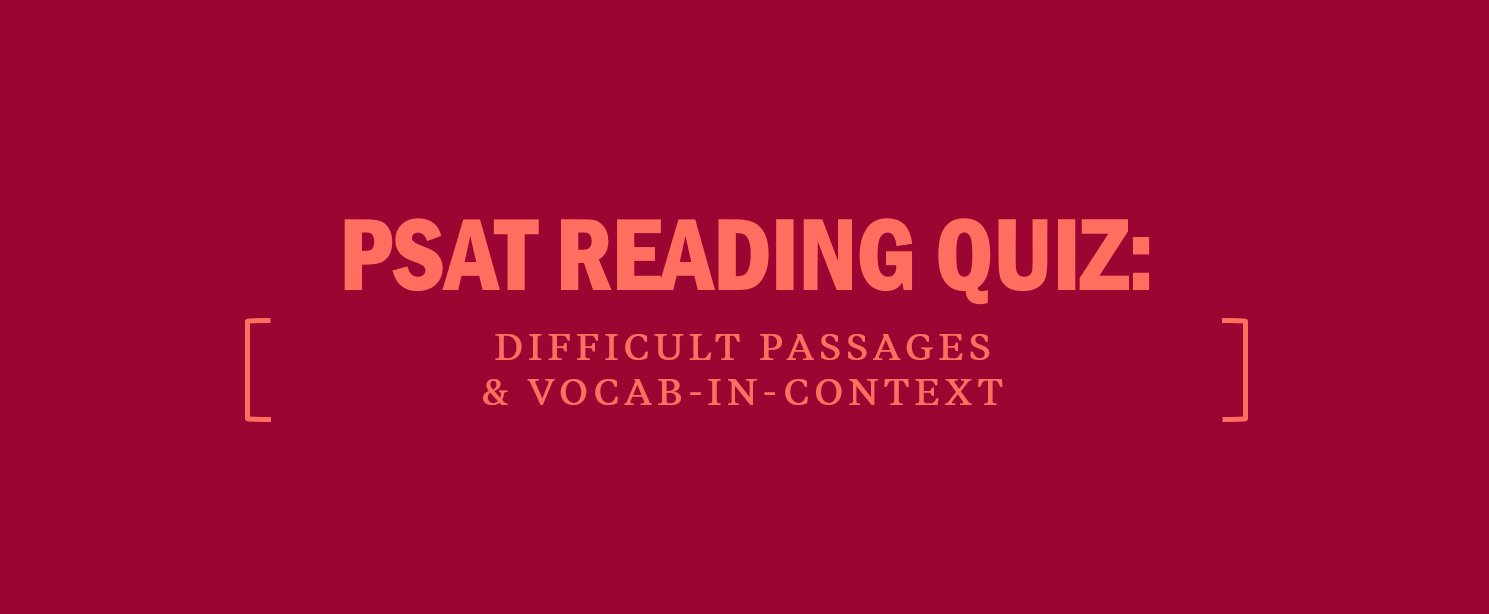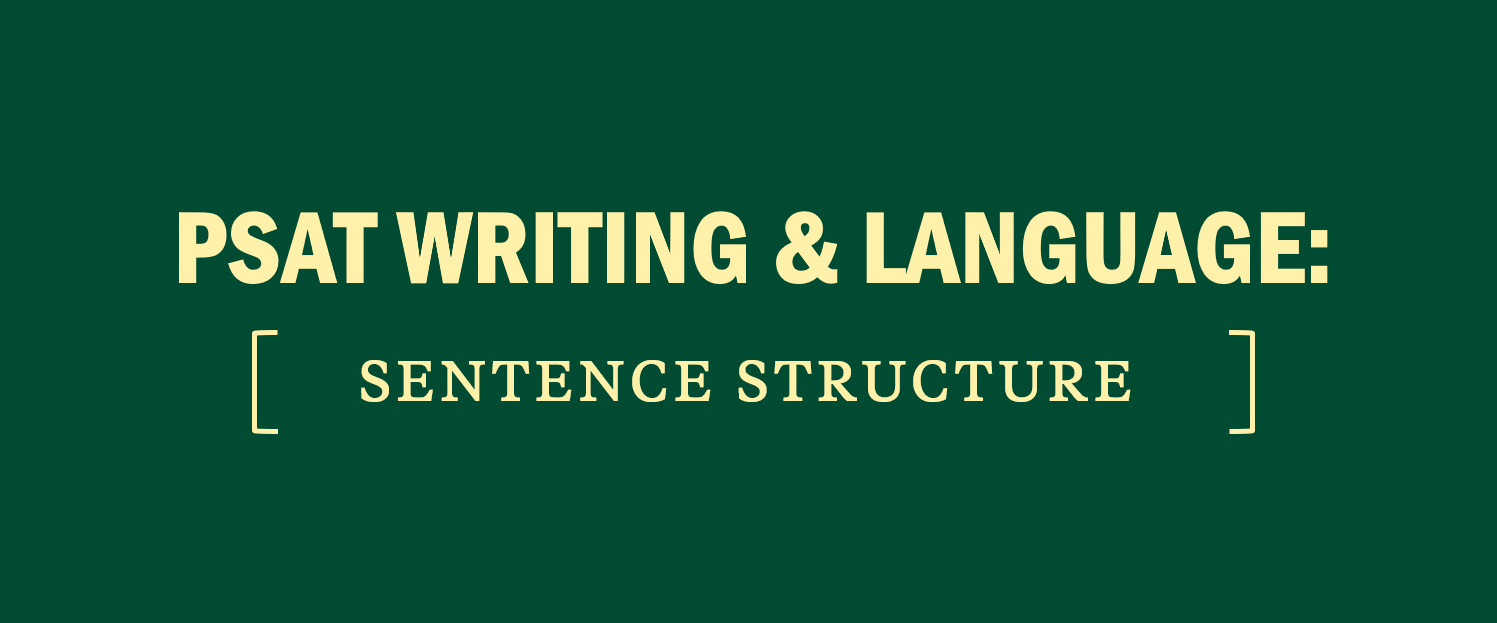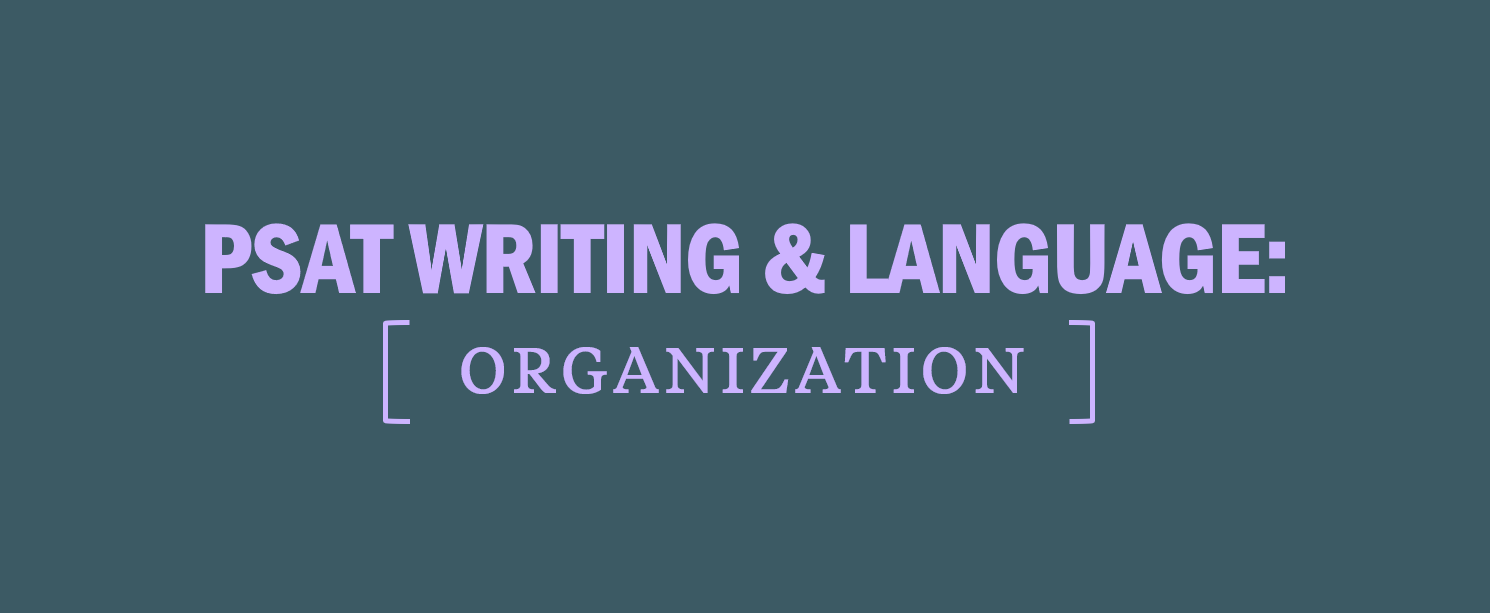PSAT Reading Quiz: Detail Questions
Try the quiz below to see how ready you are for Detail Questions on the Verbal section of the Digital PSAT.
[ MORE Free PSAT Reading Quizzes: Difficult Passages and Vocab-in-Context • Main PSAT Reading Quiz ]
< Back to All Free PSAT Quizzes
PSAT Reading Detail Answer 1
Correct Answer: C
Difficulty: Easy
Category: Information and Ideas
Getting to the Answer: This question is asking you to identify details about Old Rouault’s opinion about farming in the passage. The passage includes many references to his opinions on both farming and being a farmer, which could result in predictions that are too broad. Elimination may be the faster strategy for this question. Eliminate choice (A) is because it is the opposite of what he says in the passage: he thinks his daughter is “too clever for farming.” Choice (B) misuses a detail from the last sentence; Rouault does not make a connection between farming and sleep quality. Choice (D) is out of scope; he does not mention his basic needs, only the things for which he spares no expense. In the second and third sentences, he makes the claims that “one never saw a millionaire in [farming]” and that “far from” making a fortune, he was “losing every year.” Choice (C) is aligned with his statements on farming and is correct.
PSAT Reading Detail Answer 2
Correct Answer: A
Difficulty: Medium
Category: Information and Ideas
Getting to the Answer: Read the passage carefully for details about the application of sharkskin technology. In the third and last sentences, the author claims that mimicry of a shark’s skin has “decreas[ed] fuel costs” in marine transportation and “decreas[ed] the spread of bacteria” by modeling the rough texture of sharks’ skin. The correct answer will include one or both of those details. The correct choice (A) refers to sharkskin paint on boats that decreases fuel costs.
Choices (B) and (C) are out of scope; neither whales nor wetsuits are mentioned in the passage. Choice (D) is incorrect because it asserts the opposite of the passage; the texture does not increase the spread of bacteria.
PSAT Reading Detail Answer 3
Correct Answer: D
Difficulty: Hard
Category: Information and Ideas
Getting to the Answer: The phrase “The passage indicates” means that this is a Detail question and that the correct answer will be explicitly stated or supported by the author. Because the passage contains a surplus of details, elimination is the strategy to use here. Eliminate choice (A) because it is a misuse of details. In the first sentence, the author states that daylight savings was introduced during the first world war but does not state that all countries mandated it. Choice (B) is incorrect; the author never states which country first implemented the practice. Choice (C) is a distortion of details; the author asserts that daylight saving was a method to decrease reliance on artificial light. Choice (D) is correct because the author states that daylight savings was “introduced” during World War I and was reintroduced during World War II to “once again decrease fuel consumption.”






